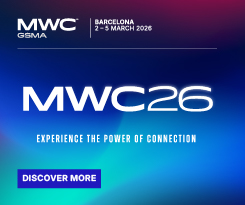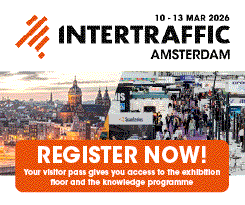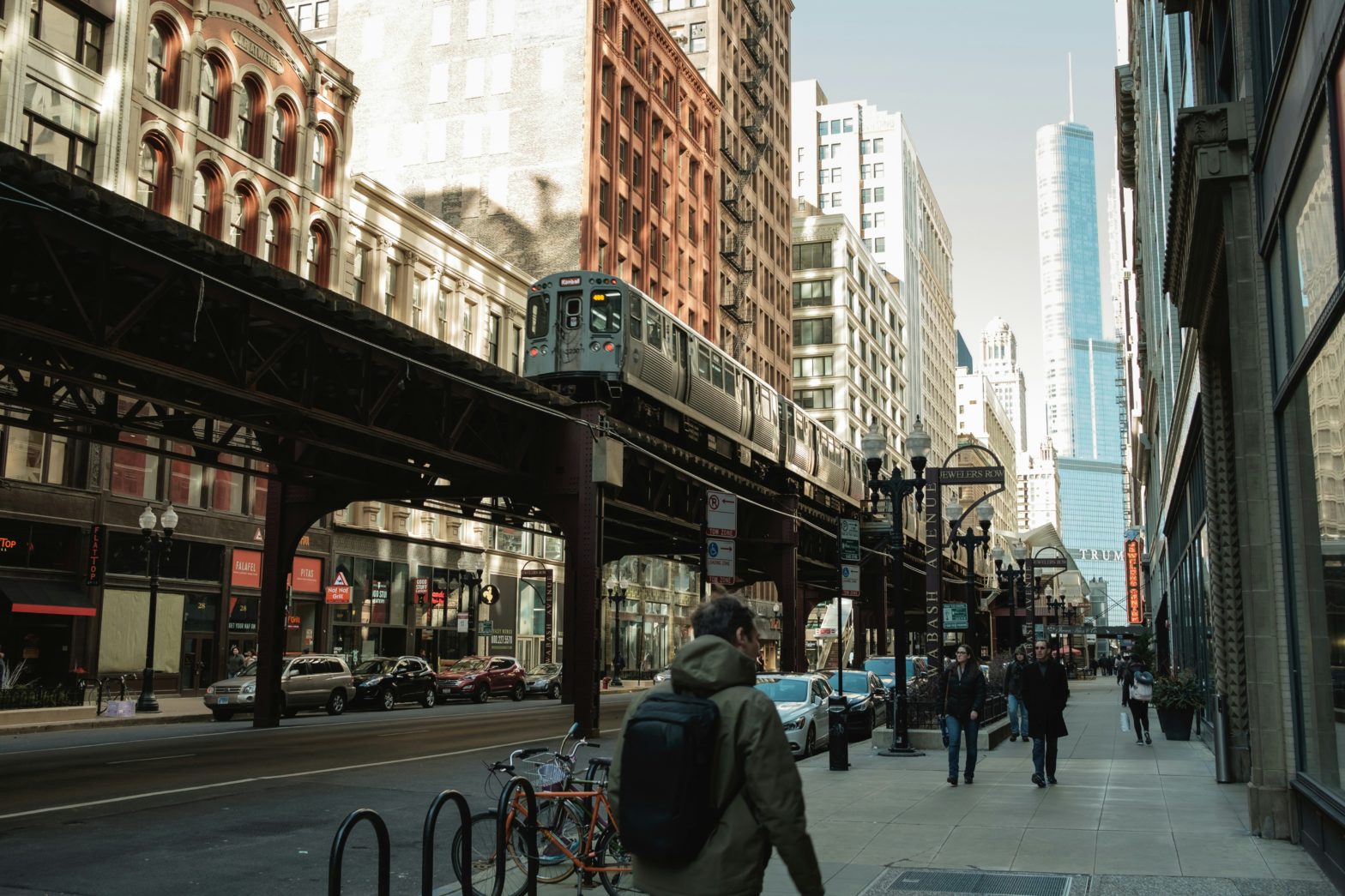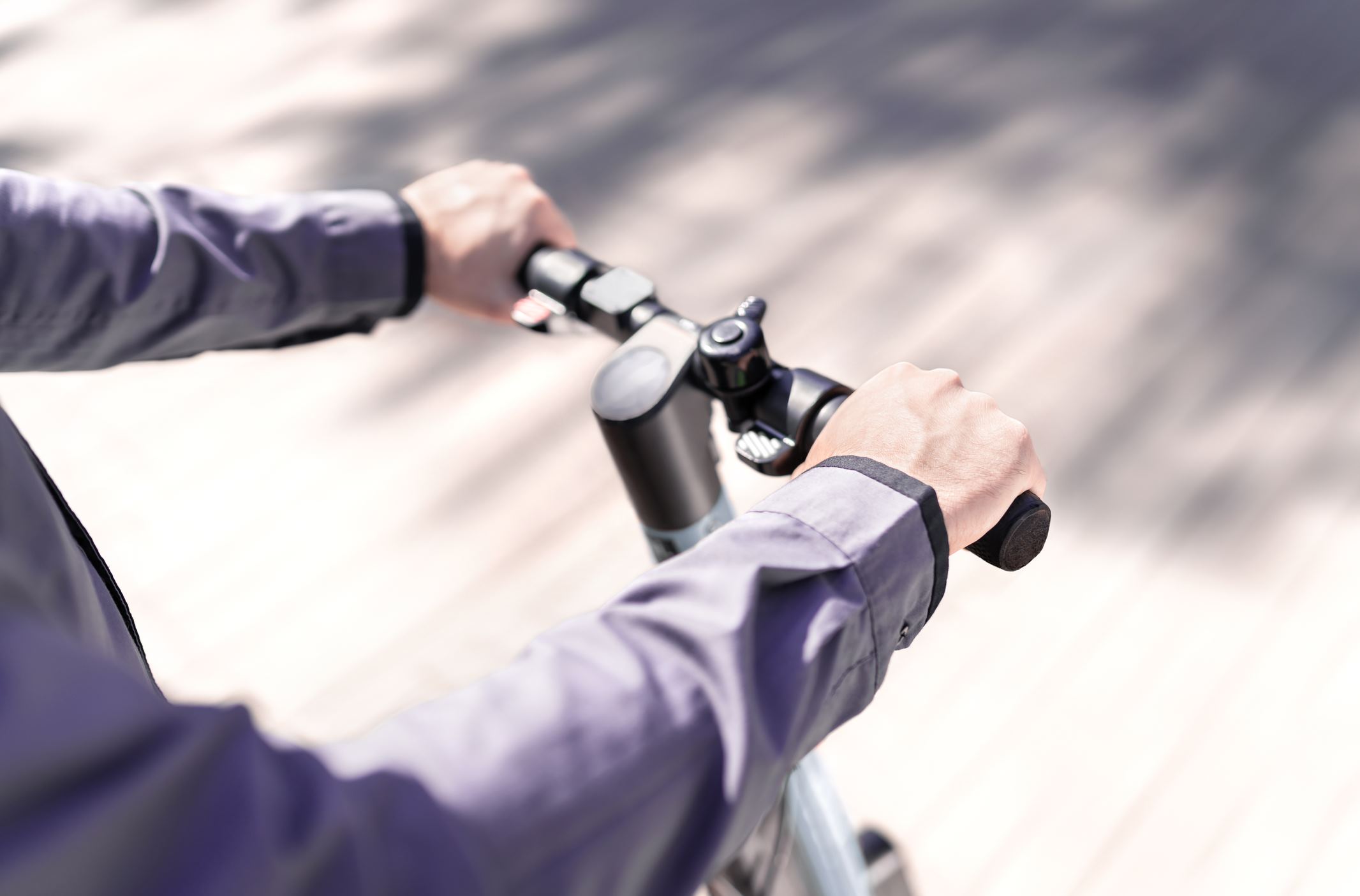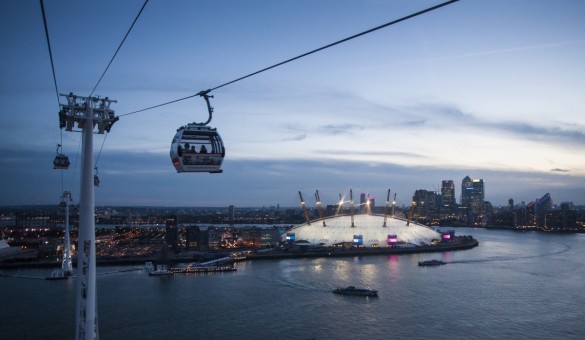
Photo: Optimized-EALatnight-585×340
The search for alternative transport solutions
27 March 2013
by Richard Forster
With urban travel set to double by 2050, cities are searching for solutions beyond road-based transport. Following Rio de Janeiro’s launch of a new cable car system this month,Nick Michell highlights the factors which can make cable cars more than just a tourist attraction.
Despite historically being associated with mountains and skiing, cable cars and gondola lift systems are now appearing in urban areas, with big cities such as London, New York and Rio de Janeiro, using these systems as a mode of transport for their citizens.
It was Latin America which first looked at using cable cars for urban transit with the most significant experiments taking place in the 2000s in Medellin, Colombia, and Caracas, Venezuela. These cities rethought the use of cable cars as a means of mass transport that could be clean, with no direct carbon dioxide emissions, and which could end the isolation of the poorest neighbourhoods.
Operating since 2006, Medellin’s Metrocable is a gondola-style cable car system that provides a crucial link to city life and work for residents of poor neighbourhoods high above the city centre in the Aburra Valley. The electric-powered gondola lines are efficient, affordable, and integrated with the city’s metro rail and new bus rapid transit (BRT) system, and part of an ongoing transformation of mobility in Medellin. Currently the Metrocable system runs three lines, Line K, Line J and Line L, with more under construction, and has been received with enthusiasm by the locals.
“Medellin pioneered the use of cable cars as a transit alternative in low-income informal settlements in hilly areas, moving 3,000 passengers per hour in each direction,” says Holger Dalkmann, Director at EMBARQ, the Sustainable Transport and Urban Development Program of the World Resources Institute (WRI). “The system has been a real breakthrough. The city transformed violence and despair into hope and opportunity, using sustainable transport as one of the key levers to drive this change.”
Many of Medellin’s barrios (neighbourhoods) are in fact located on very steep ground, to the extent that not even a regular bus system could be either useful or commercially profitable. Before the implementation of the Metrocable Line K, residents of the Santo Domingo barrio, spent upwards of two and a half hours commuting to work each way.
Inspiring others
Medellin’s achievements with the Metrocable led to other cities replicating the urban cable car system, with Rio de Janeiro, in July 2011, opening the six station Teleférico do Alemáo, which runs through the Complexo do Alemão, connecting residents to the city’s rail network. Built by the State Government, in total the line measures 3.5 kilometres and local residents can apply for a RioCard, which grants them two free trips per day on the Teleferico. The cable car system can carry 3,000 passengers per hour from Bonsucesso to Palmeira, stopping at six different stations. The line has gone a long way to resolving the transport issues within the area and reconnects the Zona Norte favelas with the rest of the city.
Following on from the success of the Teleférico at the Complexo do Alemão, Rio City Hall decided to construct another cable car system at Morro da Providência, the oldest favela in Brazil. Once fully operational and open to the public in April 2013, residents of Providência will be able to get to the Central do Brasil, Rio’s main train and tube station, and Cidade do Samba (City of Samba), which is next to one of Rio’s main bus stations in the neighbourhood of Gamboa, in just a couple of minutes.
“Until now, residents were forced to walk up and down the hill on foot or use vans and mototaxis,” says Pierra Batista, Rio City Hall’s Housing Secretary. “In this sense, the cable car system will reduce the need for those vehicles circling the Morro da Providência. However the main objective is not to reduce congestion, but to facilitate the movement of residents. Now they take about 10 to 15 minutes to get to a bus terminal, train or metro. Using the cable car it will take them about 2 minutes. Additionally, if today they pay R$3-5 (US$1.5-2.5) to use vans or mototaxis, all residents will now be allowed to use the cable car for free twice a day.”
The Teleférico da Providência will be 721 metres long and its 16 cable cars will transport 1,000 people per hour between three different stations, Central do Brasil, Providência (top of the hill) and Cidade do Samba. Rio City Hall has invested R$40 million (US$20.4 million) in the project as part of the programme called Morar Carioca, which aims to provide basic services to all of Rio’s favelas by 2020. During the past four years, Morar Carioca has invested R$2.1 billion to benefit almost 60 communities and 75,000 families. Through the programme, Rio City Hall is providing the favelas with water and sewage networks, education, leisure and health infrastructure and street widening.

“The Teleférico da Providência is a clean and environmental friendly transport system, as it uses engines powered by electricity instead of fossil fuels,” says Batista. “It will not only make the lives of local residents much easier from now on, but it has also created jobs in its construction. The cable car system, as well as all works of Morar Carioca, prioritises the hiring of local residents of the area. Due to the topographic conditions and the size of the streets, it is difficult for large vehicles to transport materials into the community. Therefore it was very important to involve the community in material transport, surveillance, traffic control and other functions critical to the realisation of the project.”
Different context
While Rio and Medellin have used their cable car systems as a means of linking poorer neighbourhoods to the rest of the city, cities in other countries such as New York and London, have constructed systems that act as an efficient means to transport commuters across rivers.
The Roosevelt Island Tramway is an aerial tramway in New York City that spans the East River and connects Roosevelt Island to Manhattan. Prior to the completion of the Mississippi Aerial River Transit in May 1984 and the Portland Aerial Tram in December 2006, it was the only commuter aerial tramway in North America.
Over 26 million passengers have used the tram since it began operation in 1976. Each cabin has a capacity of up to 110 people and makes approximately 115 trips per day. The tram moves at about 17.9 mph (28.8 km/h) and travels 3,100 feet in three minutes. At its peak it climbs to 250 feet above the East River as it follows its route on the north side of the Ed Koch Queensboro Bridge, providing views of the East Side of midtown Manhattan. Two cabins make the run at 15 minute intervals from 6:00 a.m. to 2:30 a.m. (3:30 a.m. on weekends) and continuously during rush hours.
“The Tram mainly serves the transport needs of 13,000 Roosevelt Island residents,” says Armando Cordova, Director of the Roosevelt Island Tramway. “It offers a different transport option for our island residents and visitors. It is cost effective for our users and we honour the MTA Metrocards as part of the New York City mass transport system. The system is safe because each tram cabin is under continual video surveillance by our Public Safety Department and there is a cabin attendant present at all times.”
Just before last summer’s Olympics, London launched the Emirates Air Line at a cost of £60 million. The Emirates airline is providing £36 million of the costs through a ten-year sponsorship deal though the project still came in well above budget.
The system’s 34 cars bridge the River Thames, running 90 metres above the ground, connecting north and south London, travelling between two new stations at the Greenwich Peninsula and Royal Docks.
The Emirates Air Line, as the newest addition to London’s transport network, is a key part of Mayor Boris Johnson’s ambitious plans to revitalise east London, driving economic growth and supporting jobs. It has opened up access to the Royal Docks Enterprise Zone and will play a role in attracting businesses and investors to the area, boosting regeneration.
“The number of journeys made on the Emirates Air Line since opening in June 2012 is already over 1.8 million, well exceeding the passenger target for the first financial year (March 2013 – 1.3 million passengers) and current passenger numbers are in line with Transport for London’s (TfL) forecasts,” says Danny Price, TfL’s Head of the Emirates Air Line. “As with all new transport links, the number of regular users builds over a period of time as people become familiar with new journey possibilities. The purpose of the Emirates Air Line is to support regeneration in east London. If the Emirates Air Line was at full capacity now there would be serious concerns about how it could carry the future population growth it was built to support.”
The Emirates Air Line is an alternative pedestrian river crossing, which was delivered quickly, with construction taking just 11 months. When a customer makes five journeys in a week on the Emirates Air Line using Oyster pay as you go, each journey amounts to £1.60. Regular users are also encouraged to buy multi-journey passes enabling them to travel across the Thames for £1.60. The cash fare for a single journey on the Tube and DLR between North Greenwich and Royal Victoria is £4.50, while the Emirates Air Line cash fare for the same journey is £4.30. Despite these incentives, regular users have been less than 10 percent of total trips, though London’s City Hall is keen to emphasise that both passenger numbers and the benefits of a green transport solution will grow.

“The Emirates Air Line system is powered electrically,” says Price. “Over time, as the amount of renewable energy available on the National Grid increases, it is possible that the electricity used to power the scheme could be completely green making it an even more environmentally friendly form of transport.”
The system incorporates brown roofs, solar panels, rainwater harvesting and timber fenders on the north side in the Royal Victoria Dock. On the south side, the 400 square metres of new public space provided includes 49 new trees. “The scheme has been designed to emit very little noise and it is encouraging people in the area to walk and cycle where possible, as it links existing walking and cycling routes, including the Thames Path,” says Price.
Whether cable cars like the Emirates Air Line in London become a regular transport alternative for residents or simply exist as a tourist attraction, city developers have began to champion the cost-effective transport system for commuters. One kilometre of cable costs half as much as it does for a street tram, and although it doesn’t have the same flow rate as metro or tube systems, some models can take up to 8,000 travellers a day. It is also an eco-friendly means of transport, producing no carbon dioxide emissions.
“Like any technology, they’re viable in the right situation,” says Steven Dale, a Cable-Propelled Transit (CPT) specialist and founder of The Gondola Project, a website dedicated to promoting and informing on cable car technology. “They’re viable in both developed and developing cities and are most effective in solving transport problems with clear topographical, or man-made physical challenges. They are particularly adept at addressing local circulation and last-mile problems.”
Dale, however, warns that city developers and planners still have a lot to learn about cable car systems and if they are to become a transport alternative, then knowledge and understanding has to be improved.
“It is not a stretch to suggest that we [The Gondola Project] are some of the only planners with any knowledge or experience with the technology,” says Dale. “The vast majority of expertise on this subject matter rests in the ski-resort industry. That industry, logically, has little cross-pollination with the urban planning and public transport realm. We still, to this day, sometimes encounter hostile resistance to the idea that a ski lift can function as public transport. Some people simply can’t accept that idea and can’t even begin to think of it as ‘real’ public transit.”


